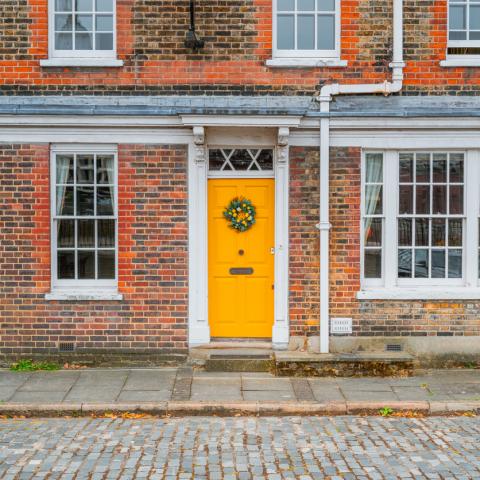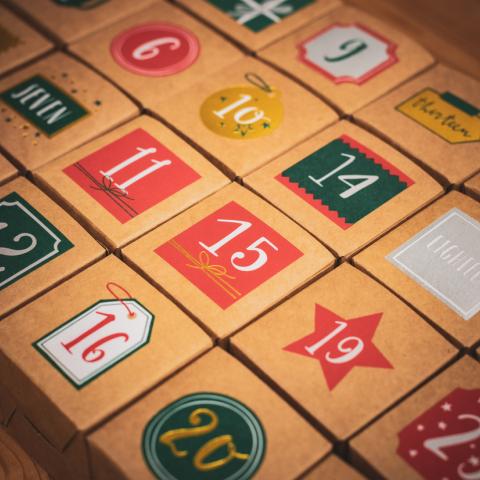You can dig it!

By Drew Aspinwall, Newgate South West
The weather forecast is for a sunny and increasingly warm weekend. After the last few days of shivering, a welcome return of spring for the first weekend since Garden Centres reopened.
Lockdown has seen a vast majority of us spending more time at home than we could have ever envisaged. But with few leisure activities permitted – Netflix? Yeah, finished that.
One positive activity which can help to relieve both the pressures of life and provide a satisfying project, is growing your own food – and there is no better time to start.
Even if you think you’d struggle to keep a pot of fresh herbs from then supermarket alive for more than a few days or don’t have any outside space there is a wide range of delicious foods you can grow at home, wherever you live.
Growing your own food, and then ideally re-growing more from the seeds produced, is one of the most empowering things you can do – and if you have children, it provides a valuable educational experience too.
The best way to get started is to keep it small, simple and only grow the things you like to eat.
Firstly, look at where the light is where you live, windowsills (inside and out), skylights, a balcony, a terrace or garden will all receive different amounts of light throughout the day.
Then look at the space you have where pots or seed tray could be positioned. These can be re-purposed containers such as tins cans or packaging from shop bought produce – usually a corkscrew will suffice to make drainage holes in the bottom of these types of containers.
Herbs and salads are ideal to start with, as they grow quickly and you can add them to most meals. Again, only grow what you like. Think mint for tea or mohitos, basil to add to pasta or make pesto, chillies, chives and of course, tomatoes.
General purpose compost is fine for most plants, but there are different types for specific crops such as tomatoes. As you are going to be eating what you grow, go for organic and on-peat formulas if you can.
You’ll need some seeds of course. You can either save the ones from food you have already bought such as peppers and squash, instead of discarding them when preparing food. Or buy a selection of seeds either online or in the garden centre.
To start with choose small, and quick growing varieties – the growing instruction are on the back of the packets - but the general rule is to sow either in individual pots or in rows, such a rocket lettuce – which grows quickly and tastes so much better than those prep-packed bags from the chilled aisle.
Water regularly, but don’t over water and put in a warm sunny spot and check daily.
Start to plan ahead to think about where you will put plants as they get a bit bigger and collect slightly larger pots and vessels to transfer them to. If you have outside space, you can look to move plants outside once they are established.
If you have a balcony, or roof terrace just be aware that compost and water is heavy. However, there are many ways of growing vertically so this weight can be dispersed. This has the advantage of spreading the weight and the foliage is attractive to look at from inside and out.
Now, sit back and wait and it won’t be long before you ‘harvest’ your first produce and add it to a salad or a drink – and when you do it never fails to bring a great feeling of satisfaction, knowing that you grew it.
Recommended reading:
If you are looking for inspiration as to how to grow your own food, there are plenty of ideas online. I can particularly recommend the following books: The Edible Balcony by Alex Mitchell. Indoor Edible Garden by Zia Allaway









